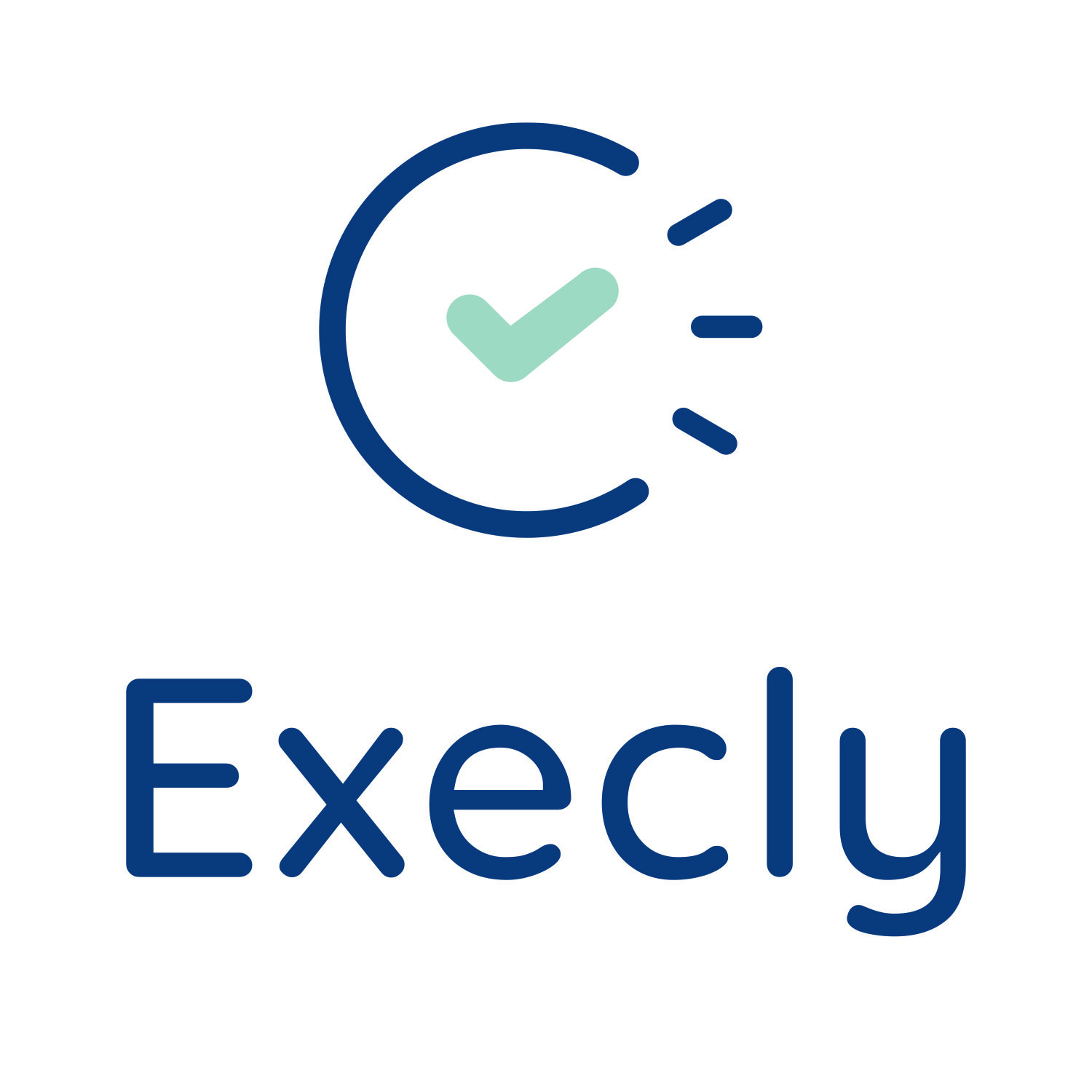4 Simple Steps to a Strategic and Optimized Work Week
Nearly 50% of entrepreneurs say they're stressed (shocker), and while that's only 3% more than other workers, entrepreneurs and start-up executives juggle many more plates.
Founders fill many roles, especially early on in their businesses, and that can often mean the founder's own goals are shoved to the back burner for the indefinite future.
At Lisa and Co., our mission is to make life easier and more productive for our clients. When we saw that many of our founders were sacrificing things that were important to them, we decided to start offering strategy and implementation for optimized weeks.
Our busy clients do a lot of context switching throughout the day. If you’re not familiar, context switching is when you hop between different tasks, projects, and focuses. This is something founders and execs do all day, every day. One minute you have an internal one-to-one with an employee, then you’re getting on a call with an investor, and then you’re responding to the 495 emails that appeared in your inbox since lunch.
It’s a lot of bouncing from thing to thing, cramming meetings into any open slot on your calendar, and creating severe overwhelm, burnout, and exhaustion in a short period of time.
An optimized week is a strategic way to organize your calendar to focus on the most important things in your life. This includes personal priorities AND what’s good for your business. It's the big picture of what you want your life to look like, distilled on your calendar in implementable ways.
Here are four simple steps to building your optimized week.
Use your current calendar as a template to create new optimization
The first thing you and your executive assistant should look at is your current calendar. It’s an archaeological dig showing what consumes most of your time and where the heaviest workload of your week falls. If those things don’t align with what you want your week to look like, it’s time to change.
At Lisa & Co., we do an initial analysis, hear from our clients exactly what they want and need, and build out what we think would be an ideal week for our clients. We optimize their calendars and send a proposal with a separately designed calendar to easily see the changes. This gives our clients an idea of what’s possible, and after they tweak it, we begin to implement it.
Implementing the new calendar means your EA will have a template to work from when certain kinds of meetings or tasks should go on the calendar. For instance, if you need to have three team meetings one week, your EA will try to schedule those close to each other (on the same day if possible). Communication in this stage is key. Checking in with your EA about where they are in the optimization process and how things are going will make everything run more efficiently. Checking in after the first week, the second week, and the first month ensures that you can make changes as needed and your EA will quickly pick those things up.
A good EA will also solicit feedback from you about what’s working, and what’s not. They should ensure that your calendar is truly custom to your needs and make changes accordingly.
Recognize and prioritize non-negotiables
Every optimized week should start with the big projects, meetings, or events that absolutely cannot be rescheduled. One of our clients has a weekly therapy appointment that she will not miss. For other clients, it’s their 7 am workout or a weekly lunch with their spouse. The first step to creating a calendar that fits your needs is understanding what you want to prioritize in your job, your relationships, and for yourself.
Here are some areas of your life to consider when you’re working out what you want to focus on and establishing the non-negotiables in your life.
Your career – business development, employee retention and satisfaction, client work, company accounts, goal planning and setting
Your health and wellbeing – exercise, diet, and any spiritual practices you want to keep
Your personal growth and development – continuing education (learning a new language, taking a course), reading, listening to podcasts or other informational outlets, hobbies, therapy, etc.
Your relationships – spouse, kids, extended family, friends (think date nights, family get-togethers/Zoom calls, kid’s soccer games)
Batch Similar Events/Topics Together
When building out optimal weeks for clients, you’ll want to group things together based on the meeting type or the call type to reduce context switching. For example, one of our clients blocks out every Tuesday afternoon for internal one-to-ones. So, let's say they have four people for direct reports and they need to meet individually. We will keep those consistent, so the client can anticipate the cadence of their workweek. They’ll know that one to ones happen every Tuesday afternoon at a certain time. Batching time allows everyone to stay more focused, more productive, and perform at a higher level.
Another way that we utilize the batching concept is by blocking time on the calendar. Maybe you’ll want to reserve Wednesday and Thursday afternoons for external calls and meetings. Maybe your Monday is your heaviest in terms of workload, so you decide no calls or meetings on Mondays (unless essential with something very high priority or urgent). That way, you can keep Mondays open just for internal work, setting the pace for the week.
Build-in Flex Time
Because you live in the real world and your priorities can shift on a dime from morning to afternoon, you’ll want to book flex time in your calendar.
Flex time is just that – a flexible time in your day where you can do any task that needs to get done. It’s a little safety net of wiggle room that can be used if a surprise meeting comes up or someone needs to reschedule a meeting; you have that time available. If nothing comes up, it’s a great opportunity to work on an upcoming project or get other internal work done. We build flex time to make calendars less rigid and more beneficial for the client.
Want to optimize your weeks to fit in the important stuff AND move your business forward?
Book a call to see how Lisa & Co. can help!




